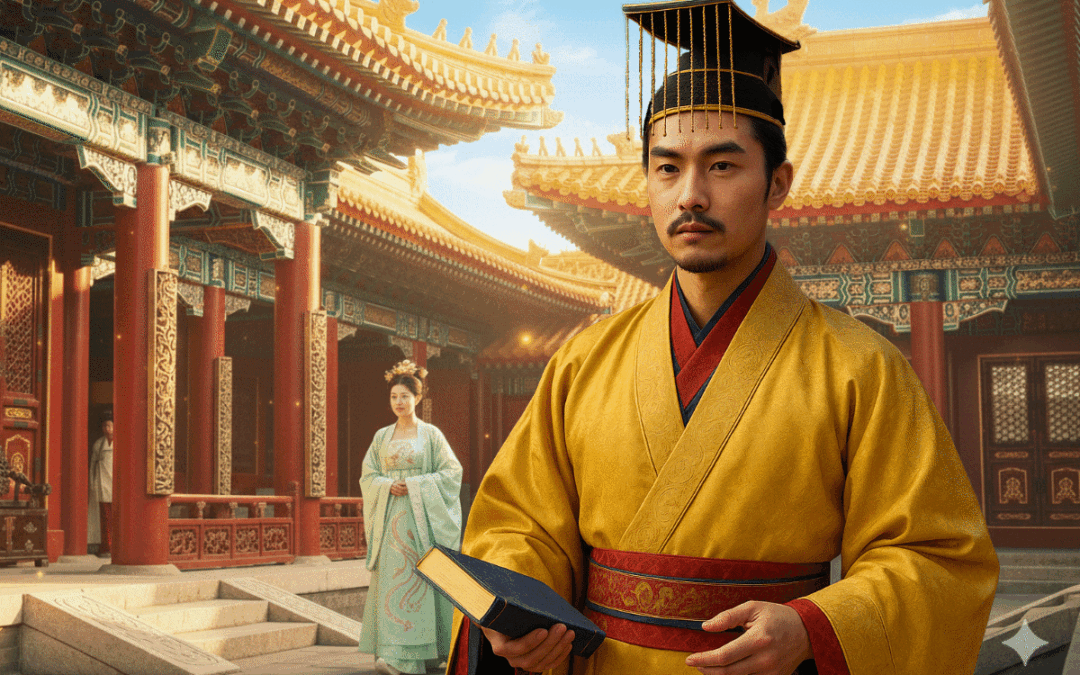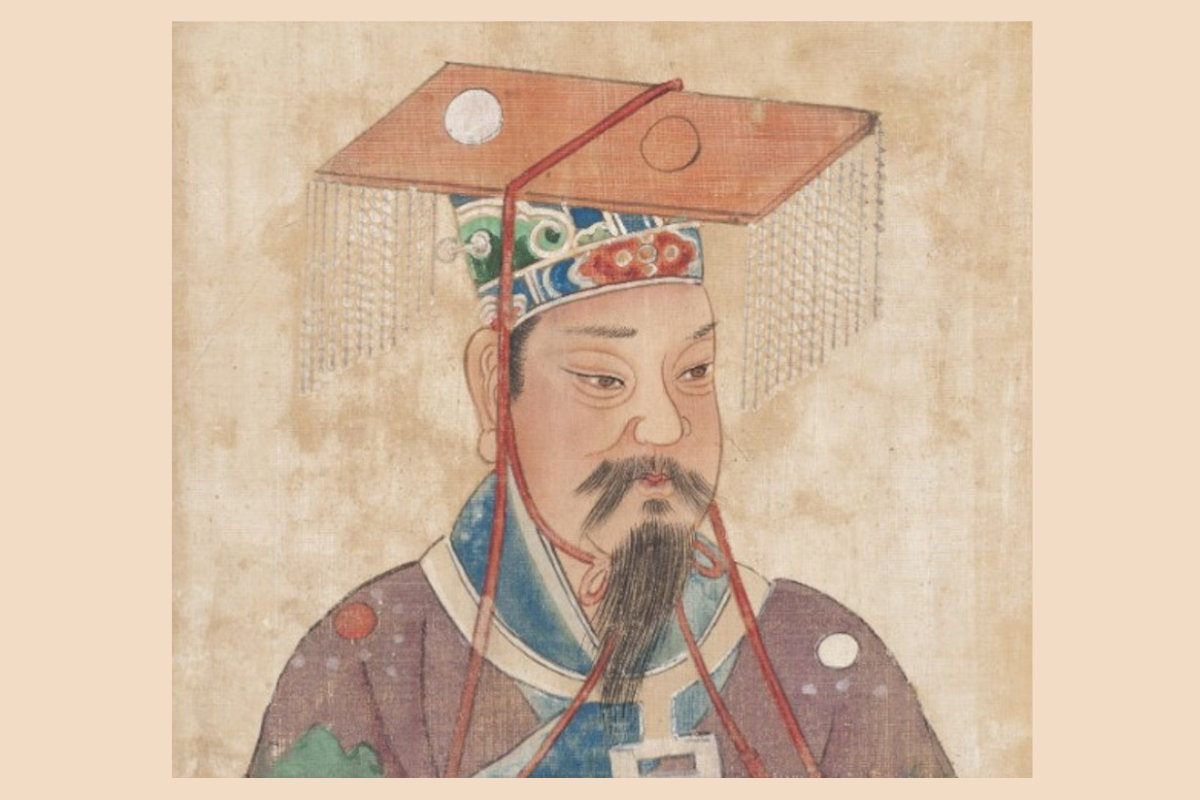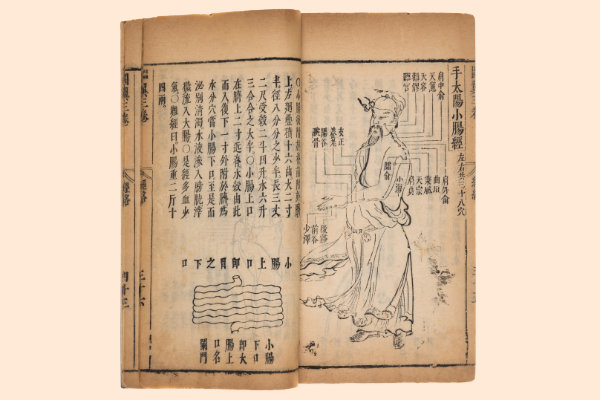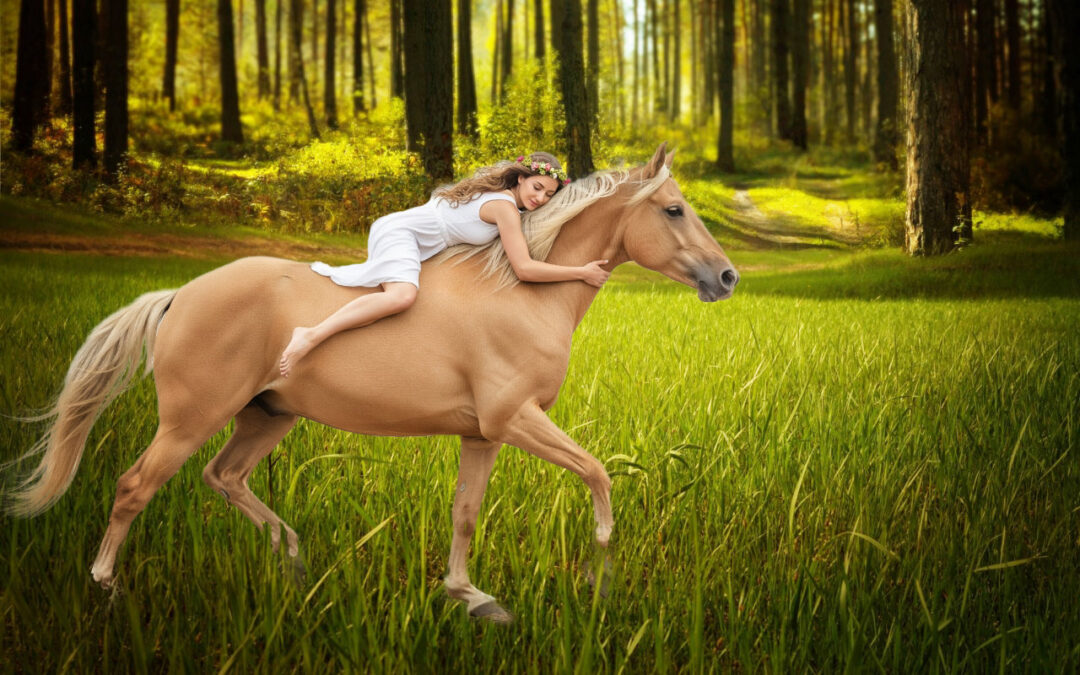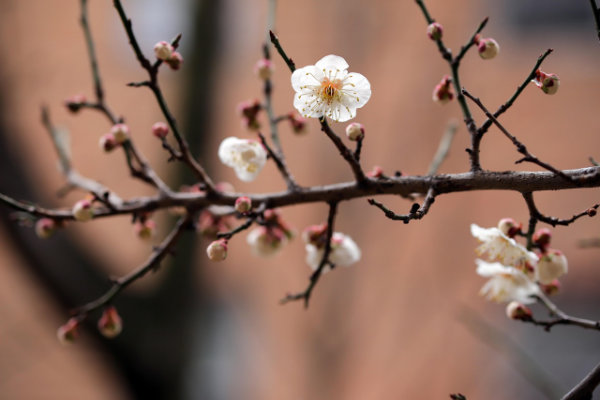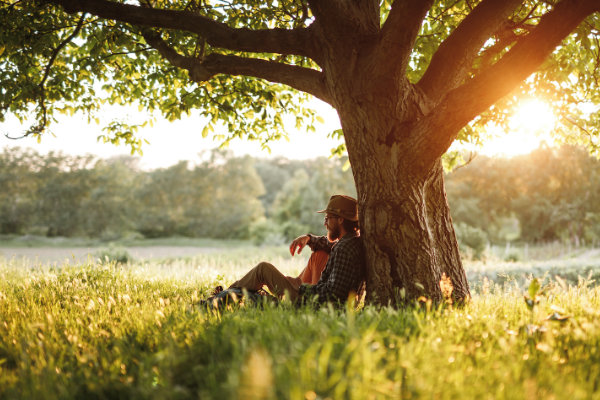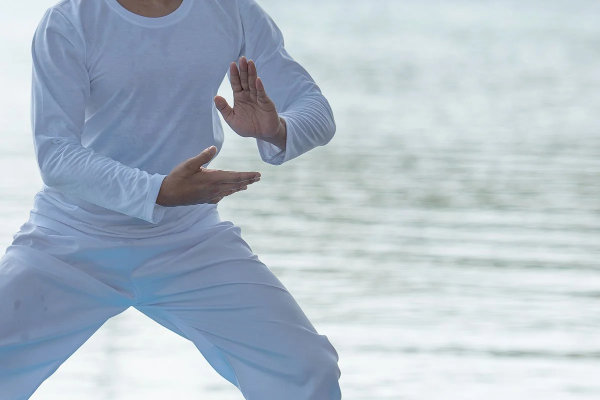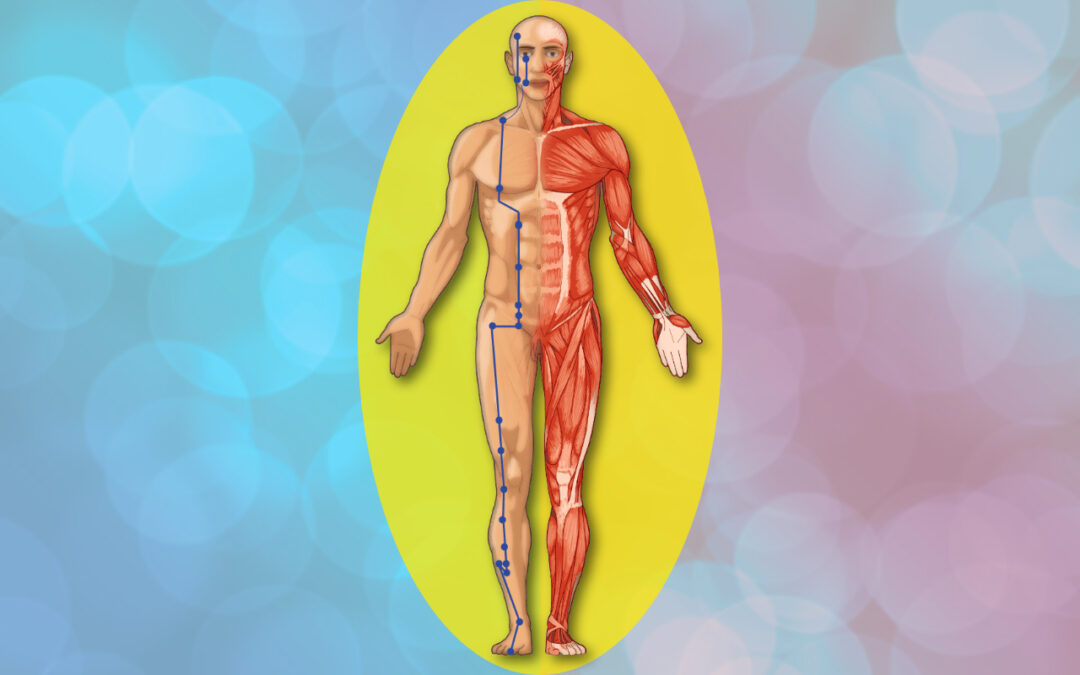
The stomach meridian
Exploration of the Earth element and the Stomach
Imagine a village nestled in a fertile valley, where the earth nourishes every tree, every house, every life. In Traditional Chinese Medicine (TCM), the Earth element embodies this nourishing force. Associated with the Spleen (Pi) and the Stomach (Wei), it transforms food into Qi, grounds the body, and calms the mind. Earth thus symbolizes stability, benevolence, and the capacity to digest, both literally and figuratively, life’s experiences.
But when the Earth trembles, harmony falters. The Stomach, guardian of transformation, and the Spleen, master of nutrient transport, can become depleted. The TCM practitioner will then focus on the Stomach meridian, Zú Yangmíng Wei Jing (足阳明胃经), to rebalance the Earth element.
This yang meridian of the foot, running along the anterolateral aspect of the body, influences far more than digestion. It relates to vital energy, immunity, and impacts emotions such as anxiety and rumination. Let’s explore its path, its imbalances, and its therapeutic secrets.
An energetic path
The Stomach meridian, Zú Yángmíng Wèi Jīng, begins at the Chéngqì point (ST1), located below the eye, descends along the face, crosses the chest and abdomen, and terminates at the Lìduì point (ST45) on the second toe.
Zú (足) means “of the foot,” indicating its belonging to the yang meridians that terminate in the feet. Yángmíng (阳明) designates its energetic position, a strong yang energy on the surface, on the anterolateral aspect. Wèi Jīng (胃经) connects it to the stomach.
Its 45 bilateral points bear evocative names, such as Zúsānlǐ (ST36), “three distances from the foot,” or Tiānshū (ST25), “celestial pivot.” These names are not arbitrary: they reveal the position or energetic function of the point. The table below lists some key points on the stomach meridian, along with their symbolism and therapeutic indications.
|
# |
Pinyin |
Chinese |
Translation |
Symbolic function / name meaning |
Therapeutic indications (digestive / emotional) |
|
1 |
Chéngqì |
承泣 |
Receive the tears |
Nourishes the eyes, disperses tears and visual disorders |
Calms Shen disturbed by emotions, frees eye tension linked to stress |
|
10 |
Shuǐtú |
水突 |
Prominence of water |
Opens the throat, calms cough and neck swellings |
Harmonizes emotional throat (tight throat), calms fear expressed by voice |
|
13 |
Qìhù |
气户 |
Door of Qi |
Circulates chest Qi, calms thoracic oppression |
Opens chest, releases emotional tension from worry |
|
25 |
Tiānshū |
天枢 |
Celestial pivot |
Mu point of LI, regulates intestinal transit |
Emotional constipation or stress diarrhea |
|
36 |
Zúsānlǐ |
足三里 |
Three li on the leg |
Tonifies Qi and Blood, strengthens vitality |
Tonifies Qi, supports mood, stabilizes emotions, regulates appetite |
|
40 |
Fēnglóng |
丰隆 |
Prosperous abundance |
Transforms phlegm, clarifies spirit |
Clears mental phlegm, clarifies thoughts, calms anxiety, OCD |
|
41 |
Jiěxī |
解溪 |
Separation valley |
Clears Stomach heat, regulates digestive fire |
Balances extreme emotions (anger, mental agitation) |
|
42 |
Chōngyáng |
冲阳 |
Yang surge |
Yuan point, tonifies meridian Yang |
Revitalizes, restores joy and enthusiasm, treats depression from Qi deficiency |
An imbalance in the stomach meridian manifests itself through various symptoms, reflecting its systemic influence.
Symptoms of a Stomach Imbalance
An imbalanced stomach meridian can cause digestive problems: bloating, epigastric pain, nausea, and acid reflux. But its impact extends further. Here are the main signs:
- Digestive: heartburn, excessive or absent appetite, belching, and a feeling of heaviness.
- Emotional: chronic worry, overthinking, and difficulty processing events.
- Physical (non-digestive): fatigue, toothache, sinusitis, sore throat, and heavy legs.
- Energetic: deficiency of qi and exhaustion after meals.
These symptoms indicate an imbalance of the Earth element, often linked to qi stagnation, excess dampness (shi), or pathogenic heat. The practitioner then selects specific points to restore harmony.
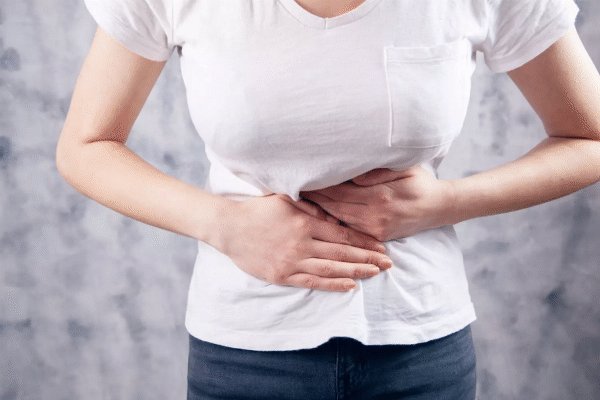
When the stomach tells a story
The stomach meridian plays a role in a variety of conditions, from digestive issues to neurological pain. Through a clinical example, let’s see how the Traditional Chinese Medicine (TCM) practitioner is guided toward treatment by analyzing the characteristic syndromes of the stomach meridian.
Observation of signs such as:
- Gum pain and swelling, sensitive teeth, constipation, intense thirst.
- Stagnation of Qi and blood in the maxillofacial region:
A locked jaw
Case study – Mei, 45 years old
Mei, 45, suffers from dental pain and jaw tension. She grinds her teeth at night, a sign of accumulated stress.
Signs: Dental pain, jaw tension, temporomandibular joint (TMJ) dysfunction.
Stagnation of Qi and Blood is often due to trauma or bruxism. The practitioner will interpret this situation as a manifestation of Liver Fire or Internal Wind, which agitates the tendons and muscles, blocking Qi in the jaw area.
They will then use points such as Xiàguān (the 7th point of the stomach) and Jiáchē (the 6th point of the stomach) to release local stagnation, and Dìcāng (the 5th point of the stomach) to relax the facial muscles.
Note that Xiàguān (ST7) is essential for relieving jaw pain by releasing blocked qi in this area.
In conclusion
The stomach meridian is much more than just a player in digestion. It is the guardian of the Earth element, influencing qi, immunity, and emotional stability. By stimulating points such as Zúsānlǐ, Nèitíng, Xiàguān, or Sìbái, the practitioner treats a variety of conditions: fatigue, dental pain, digestive disorders, and facial edema. Supported by a suitable diet and qigong, the Earth element regains its harmony.
Practices to support the Earth element
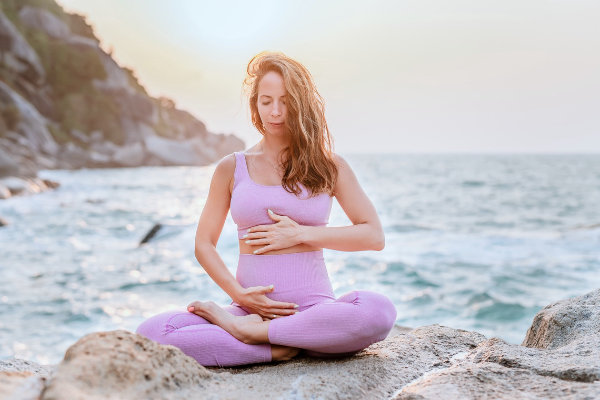
To strengthen the Earth element and the stomach meridian, complementary practices amplify the effects of acupuncture.
Diet: Nourishing the Earth
Diet is a cornerstone of Traditional Chinese Medicine (TCM). Here are the recommendations:
- Warm or cooked foods: Soups, cooked vegetables (carrots, sweet potatoes), grains (rice, millet).
- Avoid dampness: Reduce dairy products, refined sugars, and raw foods.
- Regular meals: Eat at fixed times, without overeating, to support the stomach.
A warm, easily digestible pumpkin soup tonifies the spleen and stomach, ideal for a patient suffering from digestive heaviness.
Qi Gong: Harmonizing energy
Qi Gong strengthens the Earth element. Key exercises include:
- Bear pose: Gentle rocking to stimulate digestion.
- Abdominal breathing: Inhale while expanding the abdomen to harmonize the qi.
- Tree Pose: Grounding the feet to stabilize the Earth.
Ten minutes a day is enough to reduce stagnation and tonify energy.
Herbs and Supplements
Herbs such as shān yào (Chinese yam) or huáng qí (astragalus) support the spleen and stomach. Their prescription should be tailored by a qualified practitioner.
